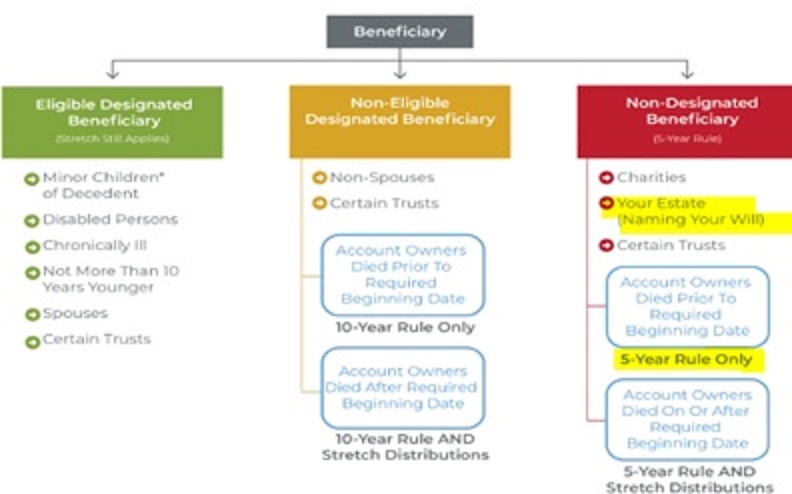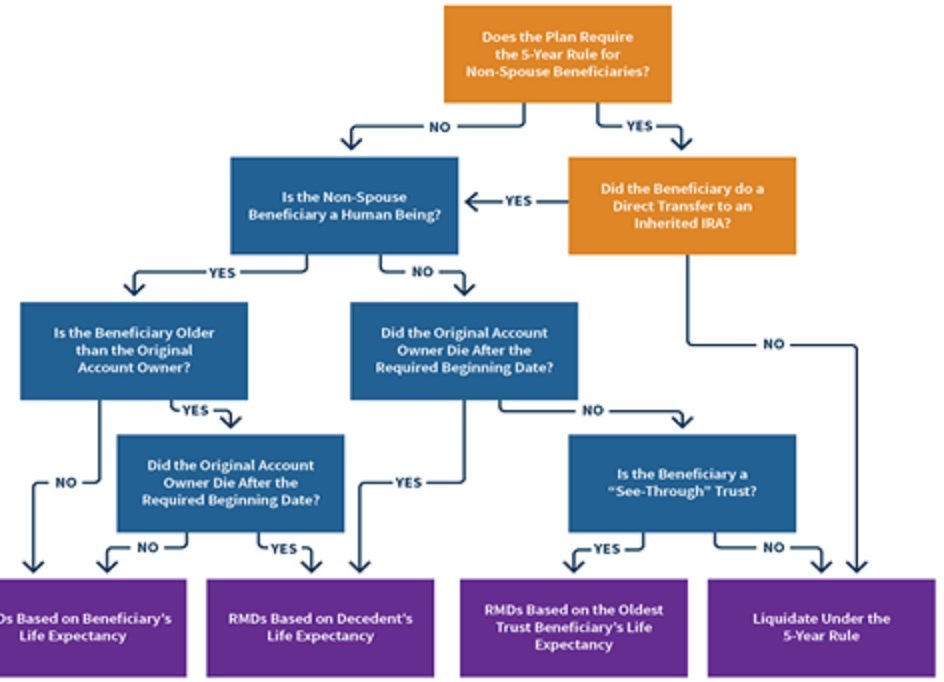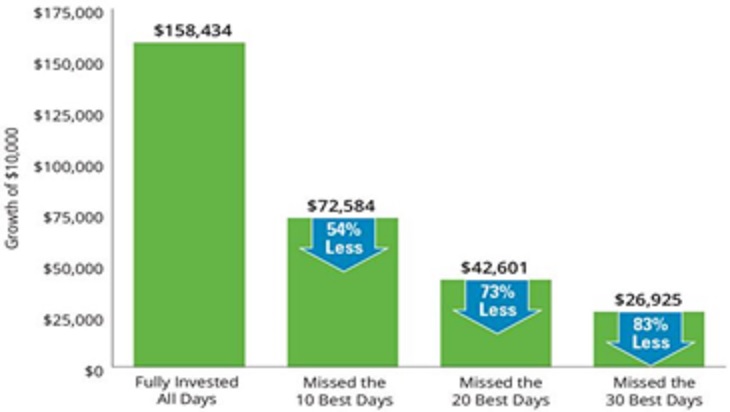It is our goal to provide each client with education and empower them to integrate finances into their lives so that they can support their wishes now and for the future. We should all know the financial impact behind our decisions before making our choices. Couples can find that finances along with shared future goals can empower and strengthen their relationship but at times, future goals are no longer aligned, and couples choose to go their separate ways.
A divorce is a legal process to address the separation of two lives in an orderly and legal manner and allow each adult to move forward in their new lives. In California, it doesn’t matter if this is a traditional marriage or a domestic partnership nor does it matter if it is with same or opposite sex partners.
Over the years I’ve attended many divorce financial planning events and, last weekend one that was particularly good, so I thought I’d share what these professionals said about the next most important step after deciding to divorce.1
My goal below is to educate everyone and is not intended only for those considering a divorce.
What needs to happen to obtain a divorce?
A divorce is granted either by an agreement generated by a judge or one generated by negotiation— or usually both. A divorce judgment is a legal document that declares that the marriage (or domestic partnership) is dissolved and typically includes an agreement on income, debt, assets, and parenting responsibilities. To receive a divorce judgment requires that a petition be filed, a declaration of disclosure, and then wait 6 months plus a day. [Keep in mind that the professionals, at this event1, were all talking about California which is a “no-fault state.” In California it doesn’t matter who serves the divorce petition but in other states the process can be significantly different.]
In the divorce process there is a great deal of paperwork particularly around finances and parenting that is easier to assemble if you have a non-adversarial approach. For finances there is a requirement to file Declarations of Disclosure (initial & final) which includes income & expenses, assets & liabilities (emphasis on all assets), and income tax returns.
How can you go about obtaining a divorce?
- DIY – Do It Yourself divorce. This process has the fewest fees and couples retain most of the control, but it does require agreement on the process and terms. Together you must cover the legal, financial, and emotional conversations in a respectful and non-threatening manner.
We recommend that, at minimum, you have an attorney review your agreement before submitting it to the court. The costs will be limited to a filing fee and payment for the attorney and any other professional(s).
- Traditional divorce, where the decision is ultimately made by a judge, takes control out of your hands. Instead, the judge will apply the law to determine your rights, responsibilities, and entitlements in what is an adversarial platform. This process is the most familiar, most expensive, and often most aggravating. The courts are swamped with cases, so this approach takes the longest to complete. The judge, moreover, doesn’t know you and will, nevertheless, pass judgments that will be binding. The law defines your rights, and the court can compel a party to adhere to the terms regardless of fairness.
- Mediation is the polar opposite of the traditional divorce. It is a facilitated process to help the divorcing individuals come to an agreement using neutral professionals. In this process it is important to hire a mediator who knows family law and is not adversarial in nature. This private and voluntary process will require conversations and thinking outside the box so as to deliver an outcome that is acceptable to both. The intent is for an agreement that will last, take shorter time and be less expensive than traditional divorce, BUT equally binding. We find this process requires compromise and a willingness to reach a settlement. The challenges for this type of divorce are that each person MUST be able to remain civil and even friendly during mediation since both will need to compromise. This process is, therefore, not appropriate when there is a coercive, substance abusing or violent relationship. Unlike the traditional process you can’t force anyone to keep to their process or make decisions but once an agreement is signed and approved by the court then it is enforceable.
- Collaborative process. Collaborative divorce is similar to mediation but is structured so that decisions are made together with a team of legal, financial, and mental health professionals on both sides that follow the same ‘collaborative’ approach. The goal of this process goes beyond the agreement and is particularly important for those who have children or will need to interact with each other for a period of time after the divorce (such as for co-parenting tasks that can last the life of the children). The process often results in private confidential and controlled agreements, but it can be very expensive since all the professionals concerned must be experienced and trained in the collaborative process, which is not the usual adversarial legal system. Although it can be the most expensive, the process may yield a more workable outcome. Like mediation, a collaborative divorce doesn’t work for anyone experiencing violence, coercion, or substance abuse.
Divorce is a dramatic change and is often accompanied by conflicting emotions of grief, anger, fear, and anxiety. It is therefore very difficult to make complex decisions during these emotionally intense periods. We have to acknowledge that humans are wired to perceive and respond to danger/fear with an automatic survival response which is the opposite of calm thoughtful thinking. The goal is to generate a calm and thoughtful environment. It is, therefore, particularly important to ensure that the behaviors, words, and actions be those you would find acceptable in the long-term, particularly in front of children. If children are involved, you must also follow Standard Family Law Restraining Orders.
What is AIKAPA’s Role?
We are not divorce professionals. Our role is to provide each of our clients with support regarding their finances by generating needed documents and answering specific questions. For some, this can be done by giving us permission to discuss your finances with your divorce professionals and for others it is done by answering questions posed by each client in individual or in joint conversations. When requested, we also create new financial plans for each client so that they can visualize their finances in the future. In Domestic Partnership dissolution we must also consider federal and state rules that will allow for the same outcome as is experienced for those in traditional marriages.
As a fiduciary, AIKAPA, must respond to both parties openly and completely.
We will not execute financial transactions without approval from both clients once we are aware that you’ve decided to divorce. We work to provide the necessary supporting financial materials in a balanced, sensitive, and factual manner.
Since we understand that a financial agreement in a divorce is a very personal and emotional document, we do not participate in creating the agreement with our clients. We encourage our clients to work together and ask us questions or hire individual divorce professionals to ensure that your agreement represents your wishes today and in the future.
Once there is a joint agreement and a court divorce judgment, we are tasked to ensure that the family portfolio assets are split as indicated in the agreement/court decision.
AIKAPA is here to support the family in each financial decision, but the choices and preferred actions rest with the family.
1Much of the content for this article was from a presentation by Collaborative Practices California – Collaborative Divorce North Bay. If you request it, we can share notes with you or you can join one of their Saturday morning webinars on this topic.
Edi Alvarez, CFP®
BS, BEd, MS
www.aikapa.com



